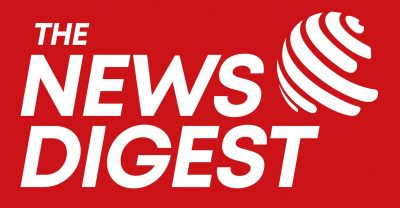The Twitter trend “I am Nigerian and this is my art” from 2023 is still fresh in my memory due to its exceptional showcase of talents and brilliant artists. The trend was initially dominated by visual artists but soon grew to include writers and general craftsmen. Witnessing this shift was particularly exciting for me as it highlighted the diversity and liveliness of Nigerian art. Through this trend, it was made clear that there are numerous unexplored avenues in other forms of arts and culture, similar to the recent success of the Afrobeats music genre.
The appointment of 11 Chief Executive Officers to various agencies in the Art Ministry has recently birthed conversations about the Nigerian art scene. These appointments have also inspired the development of a roadmap for growing the country’s creative economy to $100 billion in GDP contribution by 2030. With public discussions largely celebrating the ambitious drive from the newly developed roadmap, someone must ask the question of what this new blueprint means for everyday creatives— the vibrant core of the art eco-system made up of up-and-coming artists, writers, craftsmen and content creators.
Will this roadmap cater to the needs of these everyday artists who are struggling for studio space, access to art opportunities and funding, or simply recognition? Will they address the often-neglected areas of our crafts, literature and regional cultural expressions? Or will the focus remain primarily on mainstream entertainment and commercially viable sectors like music and fashion?
I guess what I am asking narrows down to this: could we possibly see a replica of Festac 77?

A closer look at the Ministry’s roadmap
A closer look at the Ministry’s roadmap reveals ambitious plans that could potentially serve as a framework for growth and better livelihood for creatives and ultimately, the country. To avoid this becoming just another perfect-on-paper transformation plan, the Ministry should prioritize careful planning and sustained efforts to overcome existing challenges and ensure equitable participation across Nigeria’s diverse cultural landscape.
Nigerian creatives can draw hope from the latest developments:
Read Also:
- Strong Partnerships: The Ministry has established a collaboration with the African Development Bank (AfDB) to launch the $617 million Investment in Digital and Creative Enterprises (IDICE) fund and they are also partnering with UNESCO to enhance skills and preserve cultural heritage using advanced technologies.
- The New CEOs and DGs: Some names on the list have decades of industry experience, academic qualifications, and creative acumen that can contribute could contribute to research-driven initiatives and follow through on the roadmap.
What does the everyday creative need?
As for what the everyday creatives need, the art ecosystem in Nigeria has made significant strides independently, with minimal government interventions. While the plans for the future of the art scene are extensive and have a lot of moving parts, some factors are essential and should be prioritized in the Ministry’s action plans:
- Enabling environment for the arts: Create policies that encourage private sector investment in the arts, simplify regulations, and promote cultural exchange. For sustainability, policies should cater to the needs of various artistic disciplines, including traditional, contemporary, and emerging forms. The Ministry should also act as a facilitator, connecting stakeholders, providing data and resources, and supporting existing initiatives.
- Establish transparent funding mechanisms: While a lot is seeking strong partnerships, clear guidelines for grants, residencies, and other support programs are crucial. Open calls and peer review processes should also ensure inclusivity and fairness.
- Prioritize studio spaces and infrastructure: Artists need affordable and accessible studio spaces. Utilize abandoned buildings and collaborate with private developers for creative hubs.
- Capacity-building programs: Workshops, mentorship programs, and training opportunities are always important and in areas like business management, marketing, and digital skills can empower artists.
- Promote regional cultural diversity: Support local festivals, document traditional art forms, and create platforms for showcasing regional artists and stories.
- Foster collaboration: Facilitate connections between established and emerging artists, encourage interdisciplinary projects, and build partnerships with international institutions.
Mairo A is a communication, arts and cultural management expert with a keen interest in African culture, arts and literature.













